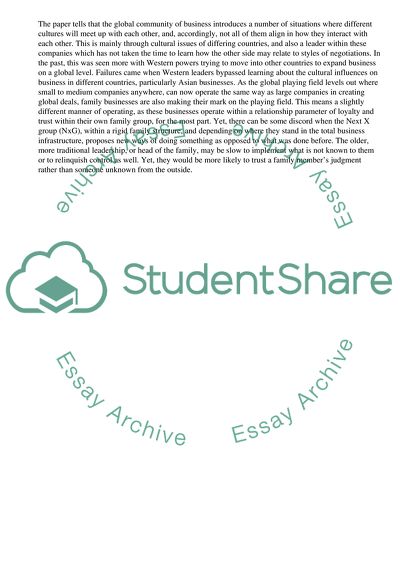Cite this document
(“Internationalisation and Growth of Family Firm: The Role of Research Paper - 1”, n.d.)
Internationalisation and Growth of Family Firm: The Role of Research Paper - 1. Retrieved from https://studentshare.org/management/1623477-internationalisation-and-growth-of-family-firm-the-role-of-entrepreneurial-orientation-and-generation-involvement
Internationalisation and Growth of Family Firm: The Role of Research Paper - 1. Retrieved from https://studentshare.org/management/1623477-internationalisation-and-growth-of-family-firm-the-role-of-entrepreneurial-orientation-and-generation-involvement
(Internationalisation and Growth of Family Firm: The Role of Research Paper - 1)
Internationalisation and Growth of Family Firm: The Role of Research Paper - 1. https://studentshare.org/management/1623477-internationalisation-and-growth-of-family-firm-the-role-of-entrepreneurial-orientation-and-generation-involvement.
Internationalisation and Growth of Family Firm: The Role of Research Paper - 1. https://studentshare.org/management/1623477-internationalisation-and-growth-of-family-firm-the-role-of-entrepreneurial-orientation-and-generation-involvement.
“Internationalisation and Growth of Family Firm: The Role of Research Paper - 1”, n.d. https://studentshare.org/management/1623477-internationalisation-and-growth-of-family-firm-the-role-of-entrepreneurial-orientation-and-generation-involvement.


